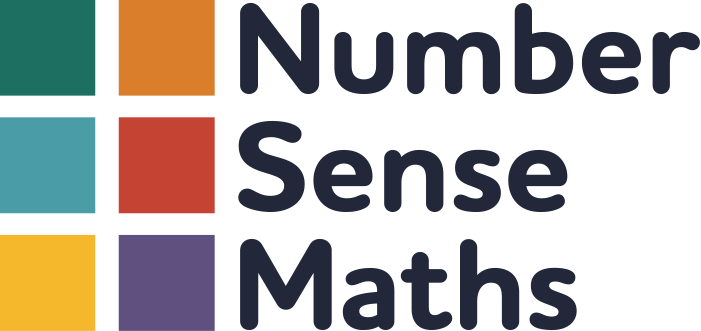Number Sense Maths Principle 1
The automatic retrieval of basic maths facts is critical to solving complex maths problems.
Research Finding
As children meet mathematical problems in life and school, they need to focus on how to break them down into steps in order to solve them. An essential component of automaticity is that the answer come by means of direct retrieval rather than following a procedure. Although correct answers can be obtained using procedural knowledge, these procedures are effortful and slow, and they interfere with learning and understanding higher-order concepts. Calculating simple arithmetic facts requires working memory (i.e., the mental “space” in which thought occurs). With enough practice, however, the answers can be pulled from memory (rather than calculated) thereby incurring virtually no cost to working memory. Students who automatically retrieve answers to simple problems keep their working memory free to focus on the bigger problem [1, 2].
Application to Number Sense Maths
The Number Facts Fluency programme builds fluency in a core set of addition and subtraction facts in Key Stage 1 and beyond. The Early Years Number Sense programme lays strong visual foundations to support this fluency. The Times Tables Fluency programme builds fluency in the essential multiplication and division facts in Key Stage 2 and beyond. The ultimate aim of Number Sense Maths is to make sure that a lack of automaticity with basic arithmetic facts is never a barrier to accessing mathematical concepts and problems as children progress.
Reference
[1] WILLINGHAM, D., 2019. Is It True That Some People Can’t Do Math? American Educator, 14-19.
[2] HASSELBRING, T.S., GOING, L.T., 7 BRANSFORD, J.D (1987). Effective Math Instruction: Developing Automaticity. Teaching Exceptional Children, 19 (3) 30-33
